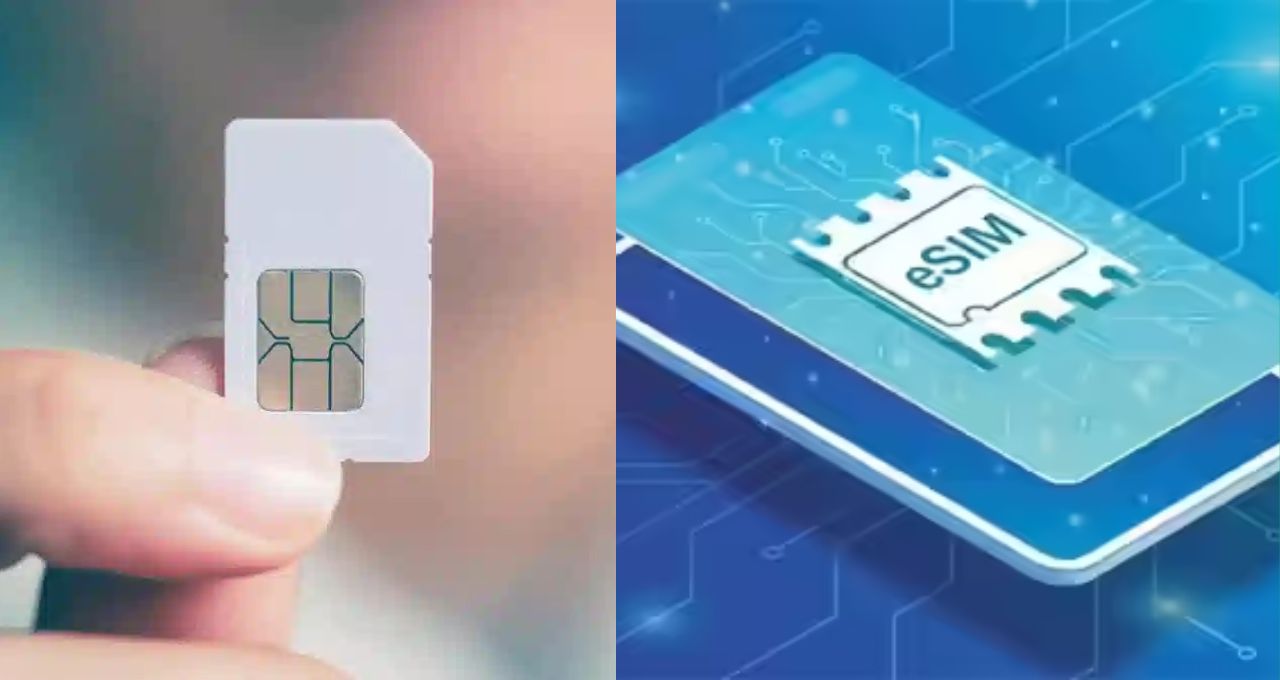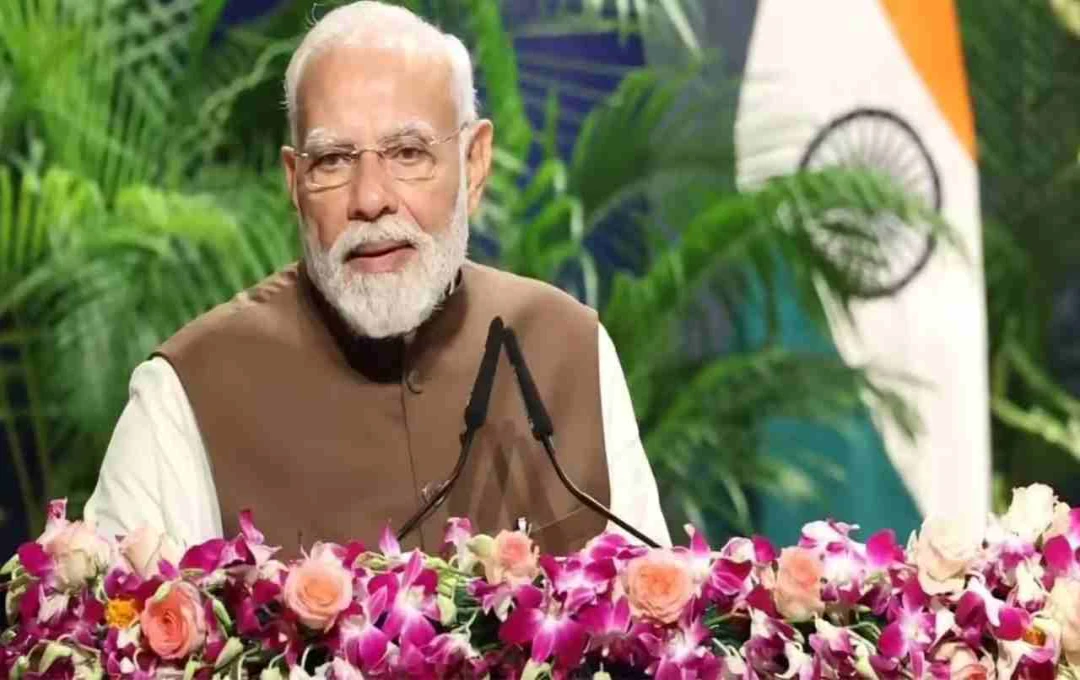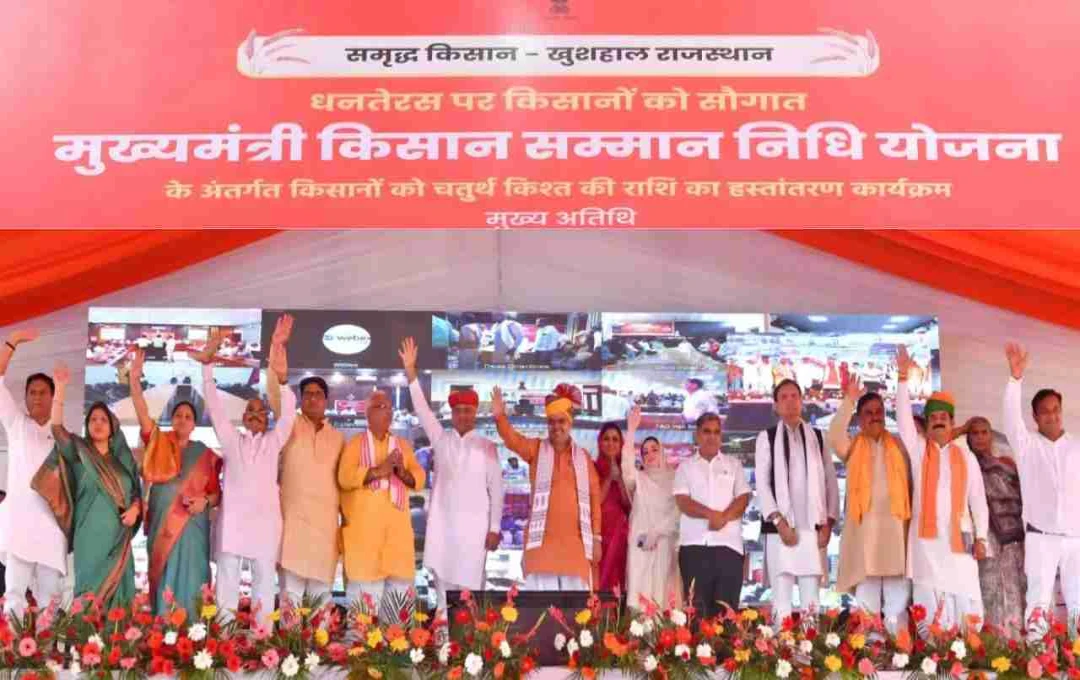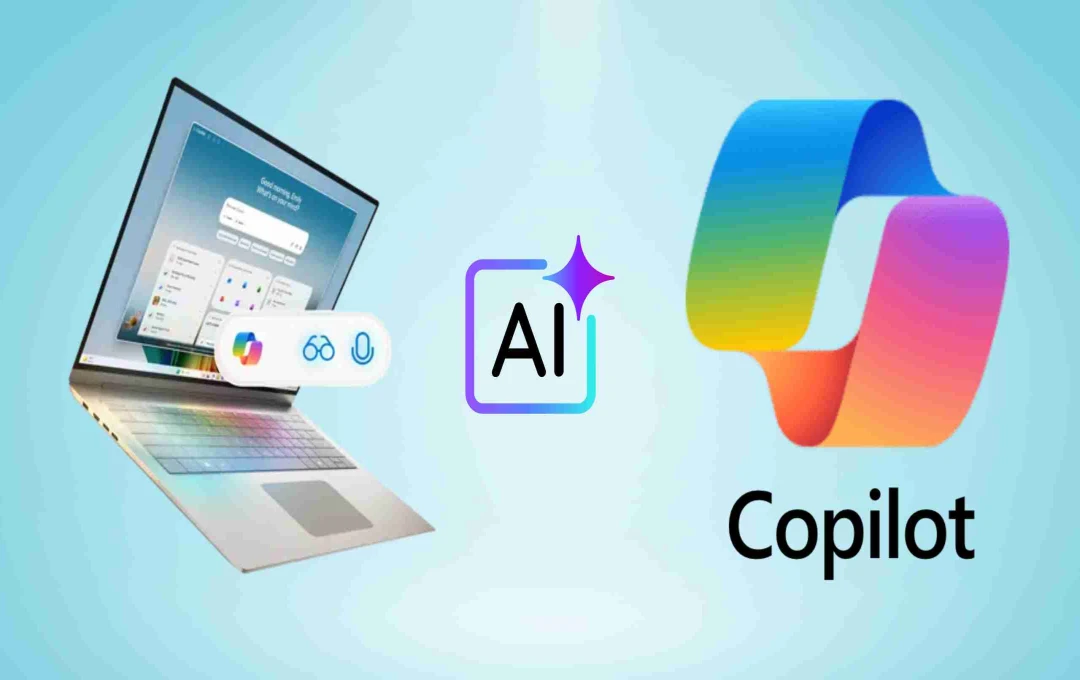eSIM technology is rapidly gaining popularity in India, but it is currently limited to select premium smartphones and major operators. Compared to traditional SIM cards, eSIM offers several advantages such as ease of switching operators and no risk of being lost, but complex setup and limited support are its biggest challenges.
eSIM in India: The telecom sector in India is now moving from traditional SIM cards towards digital eSIM. Companies like Jio, Airtel, and Vi are offering support for it in premium smartphones such as iPhone, Pixel, and Samsung Galaxy. The biggest advantage of eSIM is that there is no need to insert or remove a SIM card, providing more convenience to users. However, limited device support, complex setup, and difficulties in changing phones still remain obstacles in its path.
What is a Normal SIM Card

A traditional SIM, or Subscriber Identity Module, is a small plastic chip that needs to be inserted into a mobile phone. It stores the user's mobile number, network-related information, and some basic contacts. Currently, nano-SIM is the most prevalent in India, and almost all modern smartphones support it.
What is eSIM
eSIM, or Embedded SIM, is essentially a digital version of the traditional SIM. It is directly built into the phone's motherboard and cannot be removed. There is no need to insert a separate card for activation; instead, telecom operators activate it via a QR code or through the phone's settings. In India, iPhone, Google Pixel, and some Samsung Galaxy models already come with eSIM support.
Difference between eSIM and Normal SIM

- A normal SIM is a physical card, whereas an eSIM is already installed inside the phone and cannot be removed.
- To change operators with an eSIM, one only needs to scan a QR code, while changing a normal SIM requires swapping the card.
- With an eSIM, users can simultaneously use both digital and physical SIMs.
- There is no risk of losing or stealing an eSIM, while a physical SIM can be easily misplaced.
- eSIM saves additional space inside the phone, allowing companies to fit slimmer designs or larger batteries.
Advantages of eSIM in India
eSIM offers users various conveniences. The biggest advantage is the ability to switch operators without visiting a store. There is also no fear of it breaking or getting lost, unlike a physical SIM. This technology is extremely useful for international travelers, as they can instantly activate an international plan without purchasing a new SIM. Additionally, it provides the benefit of dual SIM, allowing one number for work and another for personal use.
Challenges of eSIM in India
Currently, the biggest issue with eSIM is its limited device support. This technology is currently restricted to premium smartphones like iPhones, Google Pixels, and some Samsung Galaxy models. The second challenge is its complex setup. Unlike a physical SIM, it cannot be immediately inserted and used; it needs to be activated through a QR code and settings.
Changing phones is also not straightforward with eSIM. Unlike a normal SIM, it cannot be instantly transferred to another device and requires re-setup each time. Furthermore, only major companies like Jio, Airtel, and Vi currently support eSIM, while smaller networks lag behind. There are also difficulties in case of phone loss or damage, as eSIM cannot be transferred instantly and requires a re-request from the operator.














